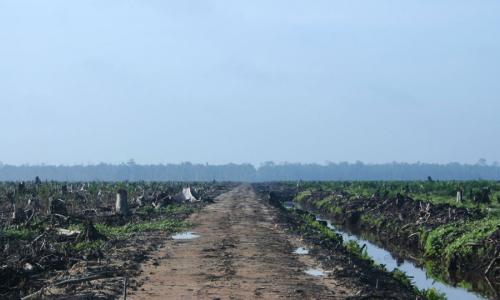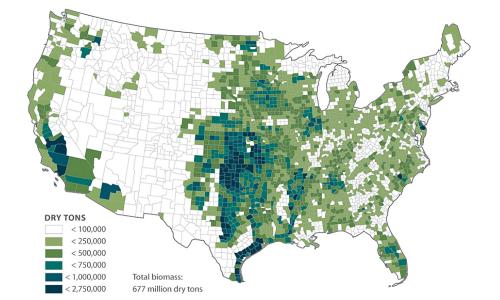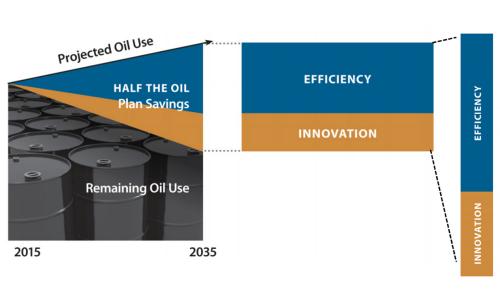All reports
Report

Where Your Gas Money Goes
This report breaks down where your gas money goes—and shows that investing in fuel efficiency offers the greatest long-term savings.
Report

Ripe for Retirement
As many as 353 coal-fired power generators are no longer economically viable.
Report

Biochar as a Climate Change Mitigation Strategy
The data so far are inconclusive.
Report

U.S. Nuclear Weapons Stockpile Management
This report summarizes the proceedings of a November 2011 workshop on the Department of Energy's stockpile management program.
Report

Wood for Good
Smart choices by consumers, businesses, and governments can significantly reduce the impacts of logging in tropical forests.
Report

Cream of the Crop
Organic dairy farms don't just provide healthy milk using environmentally friendly methods—they also provide a viable economic alternative for dairy farmers who don't want to "grow big or get out."
Report

Truck Electrification
Battery, fuel cell, and hybrid technologies are already at work in today's commercial vehicles—and are poised to expand in the years ahead.
Report

Biomass Resources in the United States
This analysis details the biomass resources that could be sustainably produced and utilized in the United States for energy and fuel, focusing on energy crops, agricultural residues, waste materials, and forest biomass.
Report

Got Science? Not at News Corporation
Representations of climate science on Fox News Channel and in the Wall Street Journal opinion pages are overwhelmingly misleading
Report

U.S. Nuclear Power Safety One Year After Fukushima
The Fukushima nuclear plant disaster of March 2011 cast a long shadow over U.S. nuclear power policy. A year later, what have we learned, and how well are we putting those lessons into practice?
Report

The X-37B “Space Plane”
The administration and Congress should re-examine why they are spending money on the X-37B.
Report

Protecting Consumers from Pain at the Gas Pump
We can protect ourselves from future oil price spikes by cutting the country’s projected oil use in half over the next 20 years — and the production of clean, fuel-efficient vehicles is a critical first step.